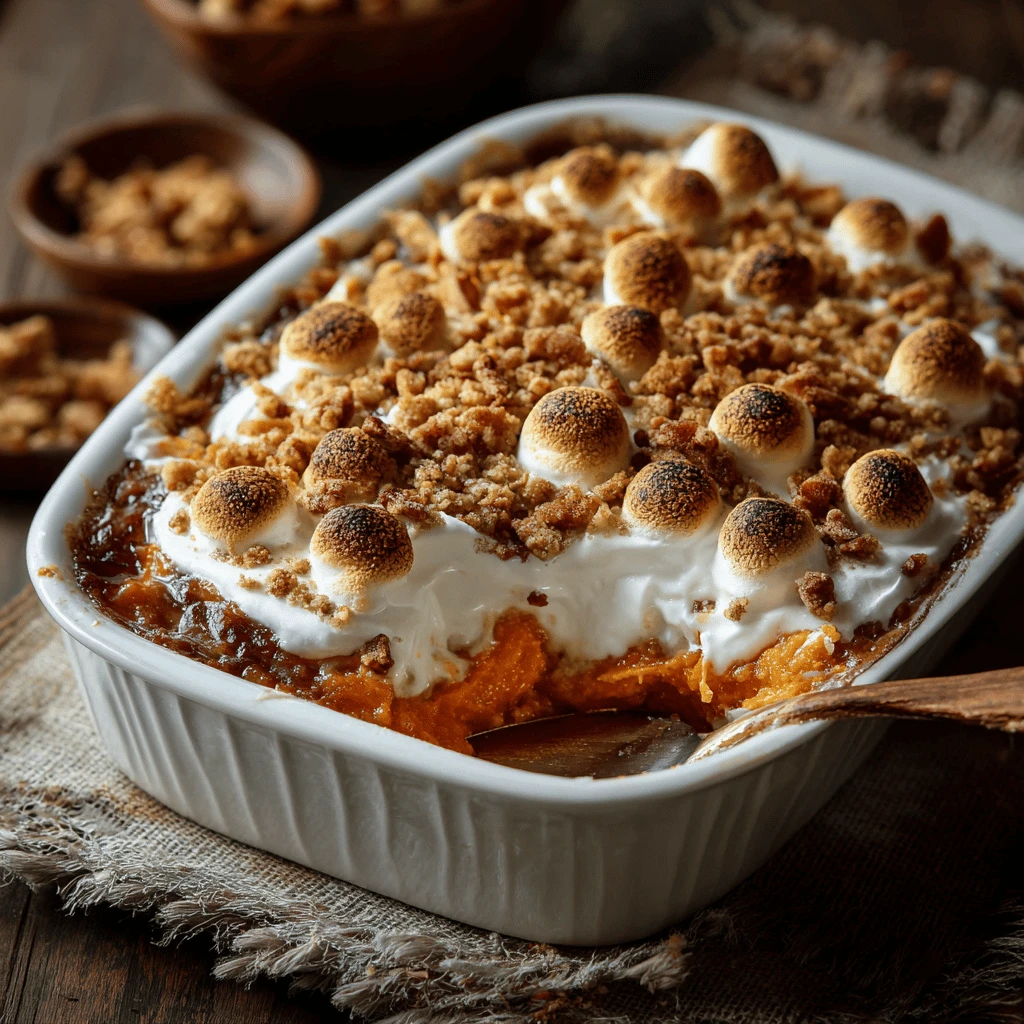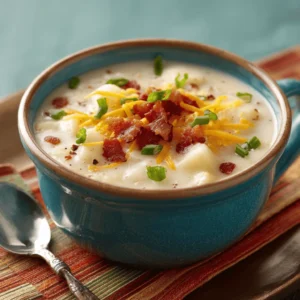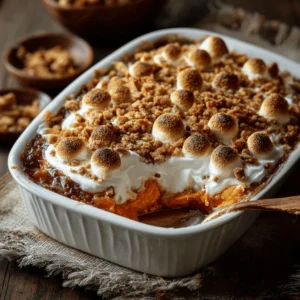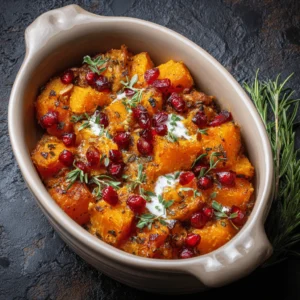Creamy Sweet Potato Casserole: A Thanksgiving Special
Sweet potato casserole is a Thanksgiving staple, a comforting dish that balances the savory elements of the holiday feast with a touch of sweetness and a creamy texture. This article explores the perfect creamy sweet potato casserole, offering tips, variations, and answers to common questions, making it a standout on your Thanksgiving table.
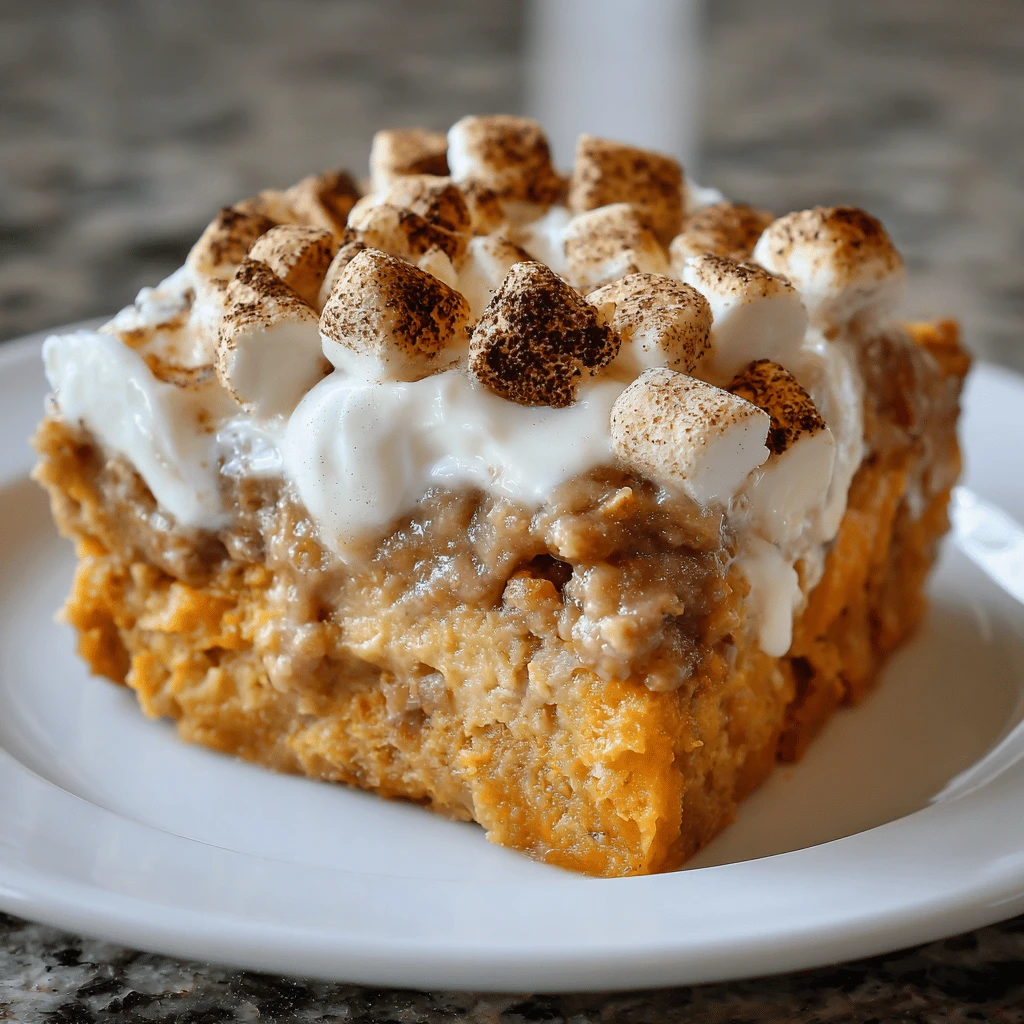
The Secrets to a Perfectly Creamy Sweet Potato Casserole
The key to a truly exceptional sweet potato casserole lies in achieving the perfect balance of sweetness, spice, and texture. Here’s a breakdown of the crucial steps:
Selecting the Right Sweet Potatoes
The foundation of any good sweet potato casserole is, naturally, the sweet potatoes themselves. Look for firm, unblemished potatoes with smooth skin. Avoid those with soft spots or sprouts. While there are many varieties, those labeled as “yams” (often actually sweet potatoes with orange flesh) are a great choice as they tend to be naturally sweeter and retain a good texture after cooking.
Preparing the Sweet Potatoes
The method of cooking the sweet potatoes significantly impacts the final texture and flavor.
- Boiling: While quick, boiling can make the potatoes waterlogged, diluting their natural sweetness.
- Baking: Baking concentrates the sweet potato’s natural sugars, resulting in a richer, more intense flavor and a drier, more manageable texture. To bake, simply prick the potatoes all over with a fork and bake at 400°F (200°C) for 45-60 minutes, or until easily pierced with a fork.
- Steaming: Steaming is a good middle ground, preserving more of the nutrients and flavor than boiling while avoiding the potential dryness of baking.
- Microwaving: In a time crunch, microwaving works. Pierce potatoes multiple times and cook on high, checking every few minutes, until soft.
Regardless of the method, allow the cooked sweet potatoes to cool slightly before peeling and mashing.
Achieving the Creamy Texture
The creamy texture is what elevates a sweet potato casserole from good to extraordinary.
- Butter: Generous amounts of butter are essential for richness and creaminess. Use unsalted butter to control the overall saltiness of the dish.
- Milk or Cream: A splash of milk or cream further enhances the creaminess. Whole milk or heavy cream will provide the most luxurious texture, but you can use lower-fat options for a lighter casserole.
- Eggs: Eggs act as a binder and contribute to a richer, more custard-like consistency. Be sure to whisk the eggs thoroughly before adding them to the mashed sweet potatoes to ensure even distribution.
- Vanilla Extract: A touch of vanilla extract complements the sweetness of the potatoes and adds a warm, comforting flavor.
- Spices: A pinch of cinnamon, nutmeg, or ginger enhances the sweet potato’s natural warmth. Don’t overdo it; a subtle spice blend is key.
The Sweetening Agent
Choosing the right sweetener is crucial for achieving the desired level of sweetness.
- Granulated Sugar: A classic choice that provides a clean, straightforward sweetness.
- Brown Sugar: Adds a molasses-like depth of flavor that pairs wonderfully with sweet potatoes.
- Maple Syrup: Provides a more complex, natural sweetness with hints of caramel.
- Honey: Offers a floral sweetness that can be a delicious alternative to refined sugar.
- Molasses: While not a primary sweetener, a tablespoon or two of molasses can add a rich, dark flavor complexity.
Experiment with different combinations to find your preferred level of sweetness and flavor profile.
Topping Options: Classic vs. Creative
The topping is where you can really personalize your sweet potato casserole. Here are some popular options:
The Classic Marshmallow Topping
The quintessential sweet potato casserole topping.
- Miniature Marshmallows: The most common choice, providing a sweet, gooey layer that browns beautifully in the oven.
- Marshmallow Fluff: For an extra-gooey topping, spread a layer of marshmallow fluff over the casserole before baking.
To ensure even browning, toss the marshmallows with a tablespoon of flour before sprinkling them over the casserole. This helps prevent them from melting completely and creating a sticky mess.
Streusel Topping
A crunchy, buttery topping that adds texture and complexity.
- Basic Streusel: Combine flour, brown sugar, butter, and chopped nuts (pecans or walnuts) for a simple yet satisfying streusel.
- Oat Streusel: Add rolled oats to the streusel for a heartier, more wholesome topping.
- Spice Streusel: Incorporate cinnamon, nutmeg, or ginger into the streusel for a warm, aromatic flavor.
Nut Topping
A simple and elegant topping that adds a delightful crunch.
- Pecans: The most popular choice, providing a buttery, slightly sweet flavor.
- Walnuts: Offer a more robust, earthy flavor.
- Almonds: Add a subtle sweetness and delicate crunch.
Toast the nuts before adding them to the casserole for enhanced flavor and texture.
Creative Toppings
- Pecan Praline: Combine pecans with brown sugar, butter, and cream for a decadent praline topping.
- Coconut Flakes: Toasted coconut flakes add a tropical twist.
- Crumbled Gingersnaps: Provide a spicy, crunchy topping with a festive flavor.
- Salted Caramel Drizzle: A drizzle of salted caramel adds a touch of sophistication and balances the sweetness.
Variations and Flavor Enhancements
Sweet potato casserole is a versatile dish that can be adapted to suit your personal preferences.
Adding Fruit
- Apples: Diced apples add a tart, refreshing contrast to the sweetness of the potatoes.
- Cranberries: Fresh or dried cranberries provide a burst of tartness and festive color.
- Pineapple: Crushed pineapple adds a tropical sweetness and juicy texture.
Incorporating Spices
- Cinnamon: A classic spice that enhances the warm, comforting flavor of sweet potatoes.
- Nutmeg: Adds a subtle warmth and complexity.
- Ginger: Provides a zesty, aromatic flavor.
- Allspice: A blend of spices that adds depth and warmth.
- Cardamom: Offers a unique, floral aroma.
- Chili Powder: A pinch of chili powder adds a subtle kick that balances the sweetness.
Exploring Different Liquids
- Orange Juice: Adds a bright, citrusy flavor.
- Apple Cider: Provides a warm, autumnal flavor.
- Bourbon or Rum: A splash of bourbon or rum adds a sophisticated depth of flavor.
- Coconut Milk: For a tropical twist and added creaminess.
Savory Elements
- Bacon: Crumbled bacon adds a salty, smoky flavor that complements the sweetness of the potatoes.
- Chipotle Peppers: Finely chopped chipotle peppers in adobo sauce add a smoky heat.
- Sage: Fresh sage adds an earthy, aromatic flavor.
- Goat Cheese: Crumbled goat cheese adds a tangy, creamy element.
Tips for Making Ahead and Storing
Sweet potato casserole is a great dish to prepare ahead of time, making Thanksgiving day less stressful.
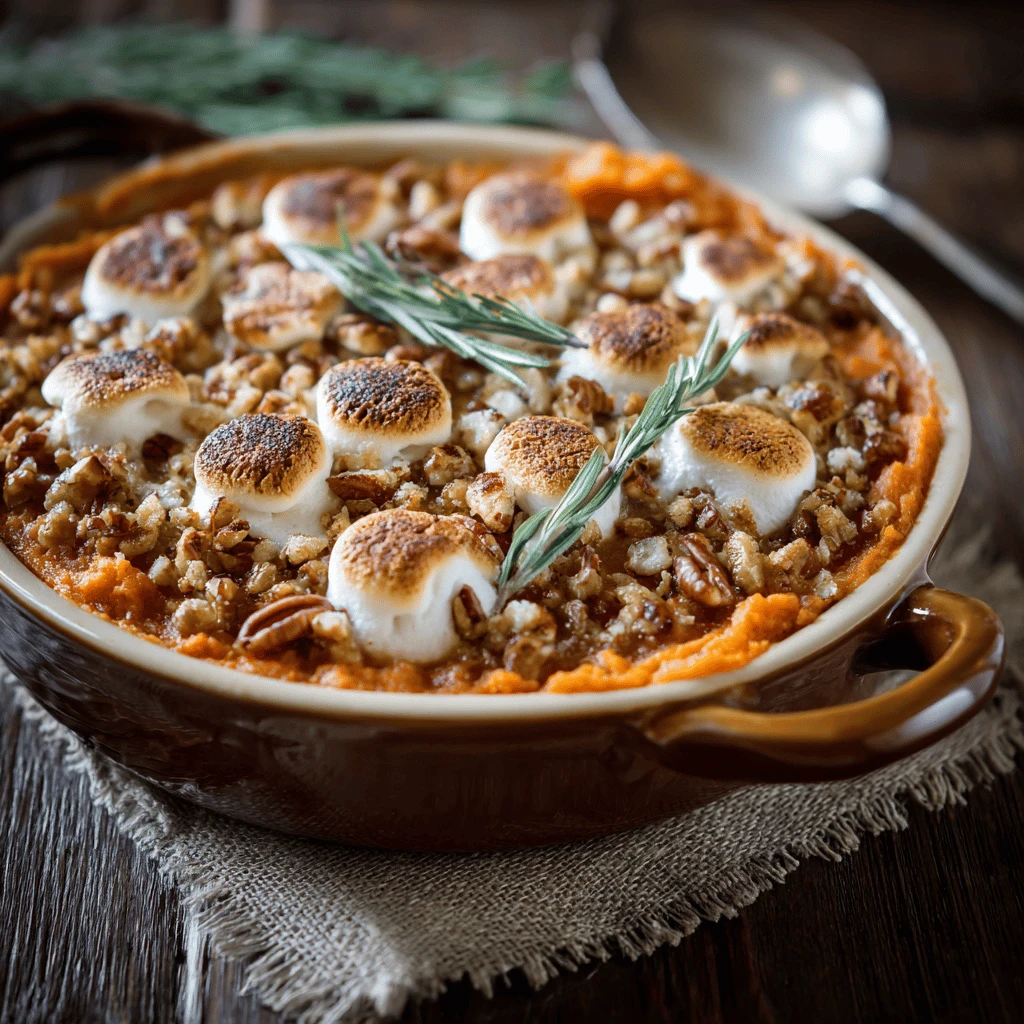
Making Ahead
- Assemble the Casserole: Prepare the sweet potato mixture and topping separately, then assemble the casserole and refrigerate it for up to 24 hours. Add the topping just before baking.
- Bake and Reheat: Bake the casserole completely and then reheat it in the oven at 350°F (175°C) until warmed through.
- Prepare the Sweet Potatoes: Cook and mash the sweet potatoes up to 3 days in advance and store them in the refrigerator.
Storing Leftovers
- Refrigerate: Store leftover sweet potato casserole in an airtight container in the refrigerator for up to 3-4 days.
- Freeze: Freeze sweet potato casserole for up to 2-3 months. Thaw it in the refrigerator overnight before reheating.
Reheating
- Oven: Reheat the casserole in the oven at 350°F (175°C) until warmed through. Cover it with foil to prevent the topping from burning.
- Microwave: Reheat individual portions in the microwave.
Frequently Asked Questions (FAQ)
Can I make sweet potato casserole without marshmallows?
Yes! Many people prefer a streusel or nut topping instead of marshmallows. You can also omit the topping entirely and simply bake the sweet potato mixture.
What can I substitute for brown sugar in sweet potato casserole?
You can substitute granulated sugar, maple syrup, or honey for brown sugar. Maple syrup or honey will impart a slightly different flavor, but still work well.
How do I keep my sweet potato casserole from being watery?
Be sure to drain the sweet potatoes well after boiling or steaming. You can also add a tablespoon of flour or cornstarch to the sweet potato mixture to help absorb excess moisture. Baking the sweet potatoes instead of boiling can also help prevent a watery casserole.
Can I use canned sweet potatoes for casserole?
While fresh sweet potatoes are preferable, canned sweet potatoes can be used in a pinch. Be sure to drain them thoroughly before mashing.
How long does sweet potato casserole last in the refrigerator?
Sweet potato casserole will last for 3-4 days in the refrigerator. Be sure to store it in an airtight container.
Can you freeze sweet potato casserole?
Yes, you can freeze sweet potato casserole for up to 2-3 months. Thaw it in the refrigerator overnight before reheating. The texture may change slightly after freezing and thawing.
What temperature should sweet potato casserole be baked at?
Sweet potato casserole is typically baked at 350°F (175°C).
